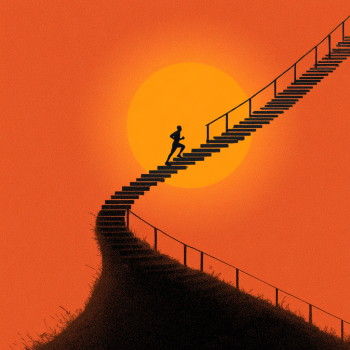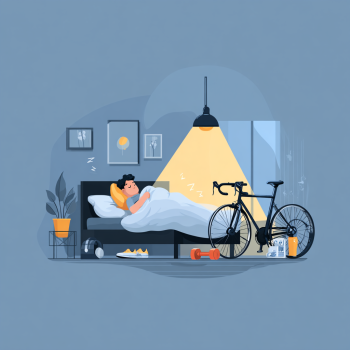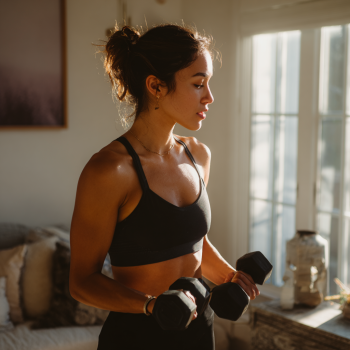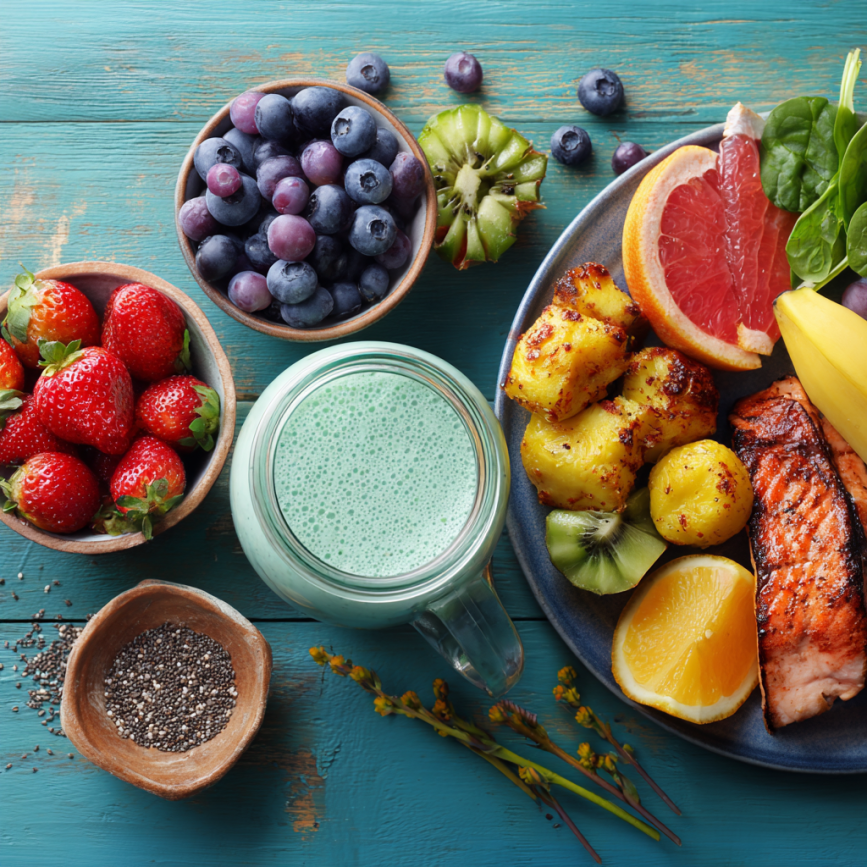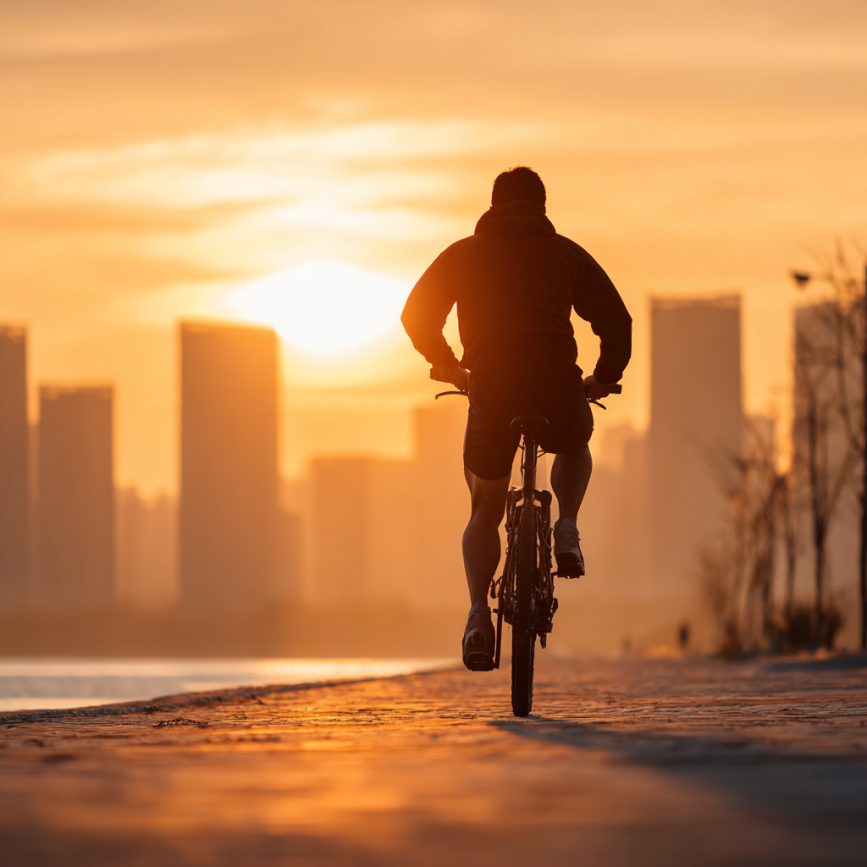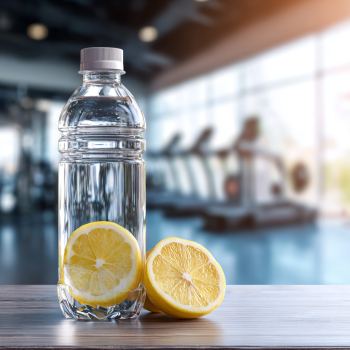
I hear this a lot: “Lifting heavy isn’t for me.” But here’s the truth—lifting weights safely and progressively is one of the best things you can do for your health, no matter your age or gender.
“Heavy” is relative. What’s heavy for me might be light for you, and that’s totally fine. What matters is challenging your muscles. It boosts metabolism, improves bone density, strengthens joints, and builds confidence.
Don’t let gym myths hold you back. Strength training is for you.
Jean Paul Rivas

